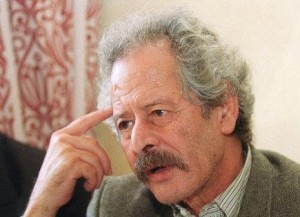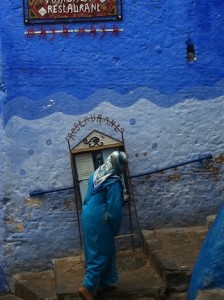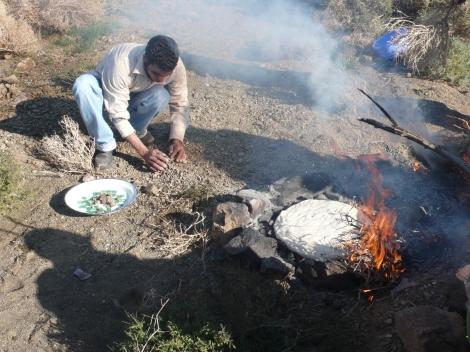Posts Tagged ‘Rif Mountains’
Morocco is well situated on the far northwestern corner of Africa and has an expansive shoreline that stretches from the Atlantic Ocean to the Straight of Gibraltar. Morocco’s weather is temperate year round. The Best Time to visit Morocco on a Private Tour…
Few Moroccan authors have achieved international recognition beyond the Francophone world because of the lack of translations of their works. The international acclaim of writer Mohammed Choukri and the fact that not only his works, but his remarkable life story, are known…
Chefchaouen, in the Rif Mountains of Morocco’s North, is a popular destination for visitors. Nestling in a valley beneath the “horns” of the mountains to which its name alludes (Ichawen means goat’s horns in the local Berber dialect), Chefchaouen is…
Isolated in the Rif Mountains, Chefchaouen is one of Morocco’s hidden treasures. Chefchaouen is situated in the Rif Mountains, just inland from Tangier and Tetouan making it the perfect Rif Mountain holiday adventure. The city was founded in 1471, as a small fortress which still exists to this day, by Moorish exiles from Spain ed by Moulay Ali Ben Moussa Ben Radhed El Alami to fight the Portuguese invasions of northern Morocco. Chefchaouen was known as one of the main concentrations of Moriscos and Jews who sought refuge in this mountainous city after the Spanish Reconquista in medieval times.
Akin to Spain, bread in Morocco is a key component of any Moroccan diet. There is an ancient proverb, “manage with bread and butter until God sends honey”. This ancient saying affirms that there is availability of bread to all groups in Morocco. For example, the Berbers of the Rif…
Isolated in the Rif Mountains, Chefchaouen is one of Morocco’s great treasures. This small mountain village sweeps you away into a state of calm with its color scheme that embraces every imaginable shade of blue. Bold splashes of cobalt, turquoise, teal, white and starlit blue surround each corner and cobbled…







